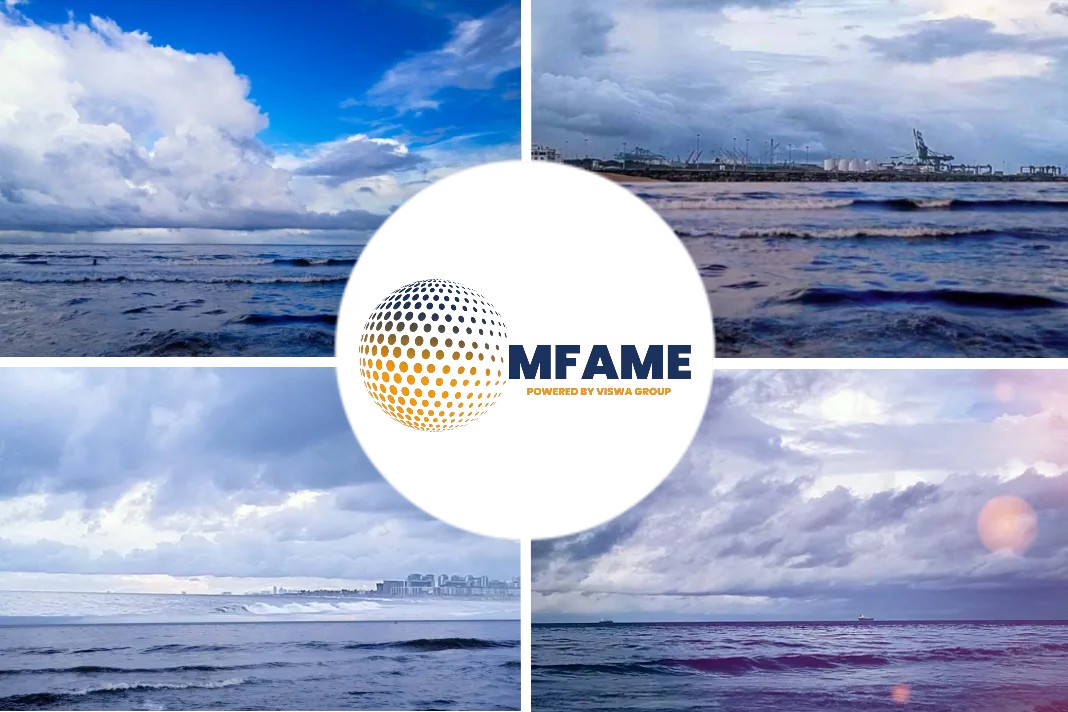
This week’s Commodity Tracker features rising grid-connected battery storage in the US, increased demand in Europe for LNG imports, falling soybean oil premiums and constraints to global critical metals supply, reports SP Global.
1. ERCOT seen leading planned additions to US battery storage capacity in Q4
What’s happening? The total capacity of grid-connected battery storage across the Continental US nearly doubled year on year by the end of the third quarter, climbing 97% to 9.559 GW. The California Independent System Operator continues to lead in battery storage capacity, climbing 86.2% from a year ago to 4.938 GW by end-Q3.
What’s next? The US is expected to add roughly 1.4 GW of battery storage capacity in Q4. Planned additions for this quarter shift to the Electric Reliability Council of Texas, or ERCOT, with 425 MW planned, or 32% of the total. In the Western Electricity Coordinating Council there were 382.5 MW planned for Q4, or 29% of all Q4 additions, while in the California Independent System Operator there were 382.5 MW planned, 29% of the total.
2. Colder weather boosts US LNG deliveries to Europe
What’s happening? Colder weather has been setting in across Europe, boosting LNG demand. In Asia, high gas storage levels among utilities in Japan and South Korea have been reported and consumption in China has been tempered due to its zero-COVID-19 policy, which has reduced industrial activity. Amid that backdrop, some 72% of all US LNG shipments delivered during November landed in Europe, according to S&P Global Commodity Insights data.
What’s next? Northwest Europe delivered LNG is seen at a premium to JKM, the benchmark price for spot LNG in Northeast Asia, across the forward curve throughout 2023, according to market participants. That suggests cargoes will continue to be incentivized to go to Europe. European gas inventories are already edging lower, suggesting that if winter temperatures drop sharply and for a sustained period, that would also tend to favor Europe as a destination for US LNG cargoes in the near-term.
3. Latin American soybean oil premiums pressured by increasing supply from Argentina
What’s happening? Soybean oil premiums in South American markets have dropped, pressured by a change in Argentina’s foreign exchange rate policy that has led to increased selling. Aiming at increasing central bank’s reserves and stimulating shipments, Buenos Aires put in effect Nov. 28 a new version of the “soybean dollar” program, by which exporters could liquidate their sales at 230 pesos/$1, or 40% above the official rate. From Nov. 28-30, more than 1 million mt of soybeans were sold or priced in Argentina. The FOB Up River and the FOB Paranaguá basis levels for January loading were assessed Dec. 1 at minus 12.50 cents/lb to Chicago Board of Trade futures, 17 cents and 16.70 cents/lb lower on the year, respectively, according to Platts data.
What’s next? Market participants are likely to monitor how soybean oil shipments from Argentina, the world’s largest exporter of the commodity, will perform in the coming months, following the support provided by the “soybean dollar” program. The product from both Argentina and Brazil will still need to compete against increasing sunflower oil exports from Ukraine and cheaper Asian palm oil supplies.
4. Global push toward net-zero emissions could result in critical metal supply constraints
What’s happening? When evaluating how much aluminum, copper, and lithium supplies are available globally and how much production could grow compared with how much would be needed to get to net-zero emissions by 2050, “you very quickly see there are constraints,” Michael Widmer, commodity strategist with Bank of America, said during a 2023 outlook media roundtable. Rising electricity prices in Europe, and to a lesser extent in the US, have pushed up operating costs for metals producers. For example, with aluminum trading at $2,400/mt, smelters have operating costs of more than $8,000/mt, according to Widmer’s presentation.
What’s next? There is a challenge with scaling lithium supply because in less than 10 years, supply would need to increase by a factor of 10 to meet expected demand, he said. By 2027 or 2028, every single supply project would need to come online on time, with the volumes promised to keep the market out of deficit, which is possible, but challenging, he said.
Did you subscribe to our daily Newsletter?
It’s Free! Click here to Subscribe
Source: SP Global















